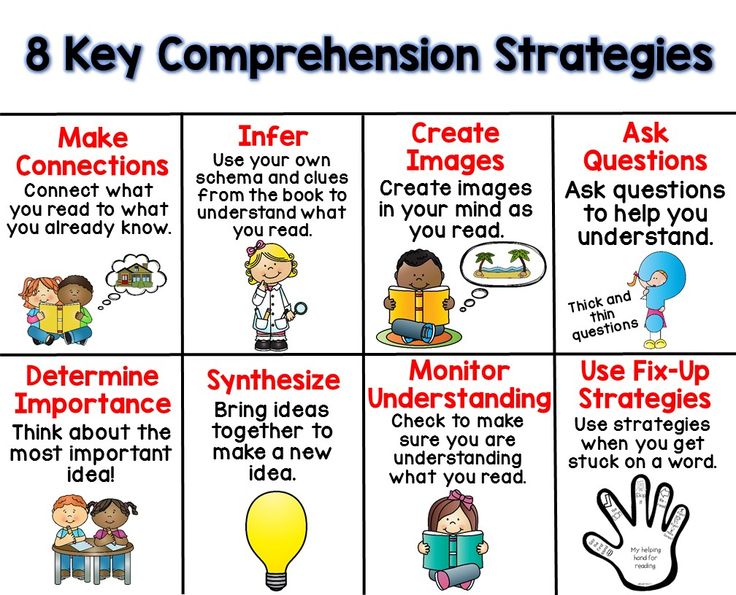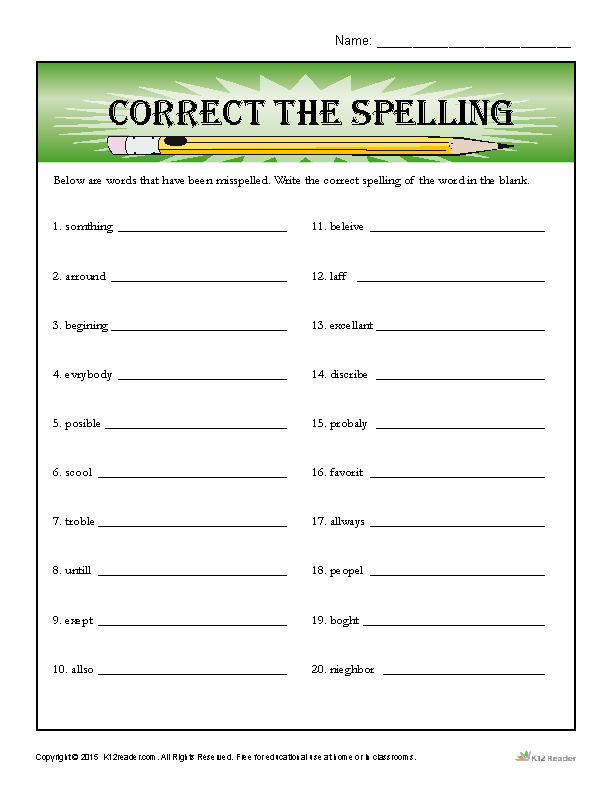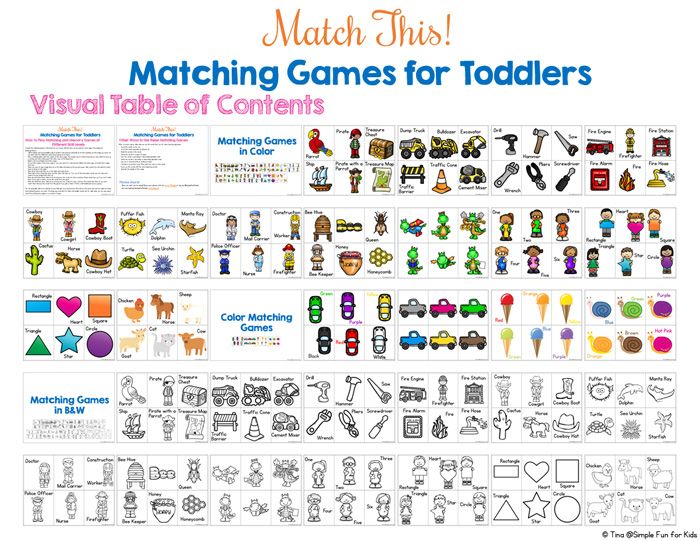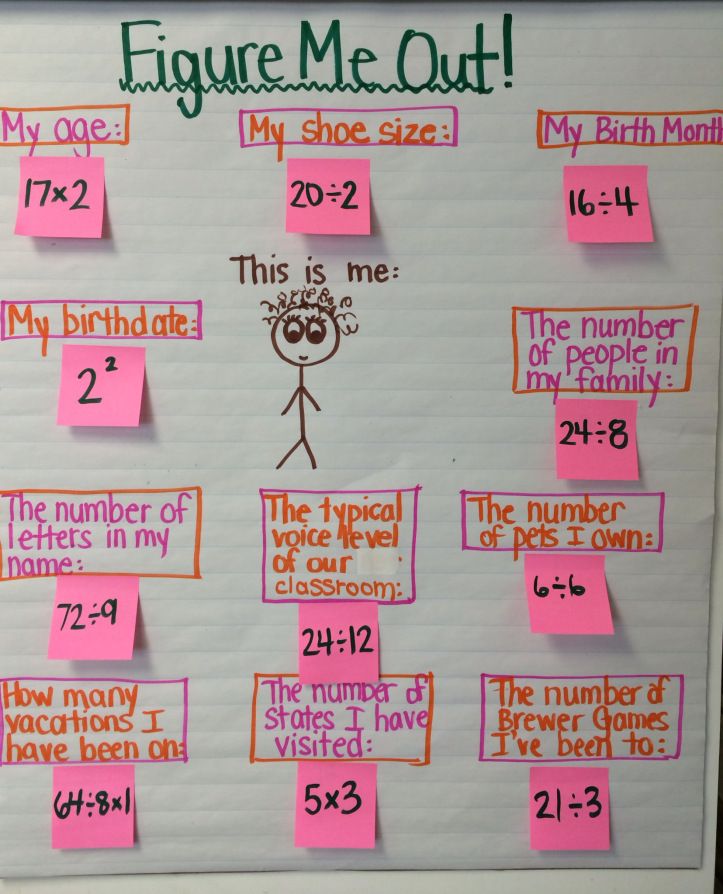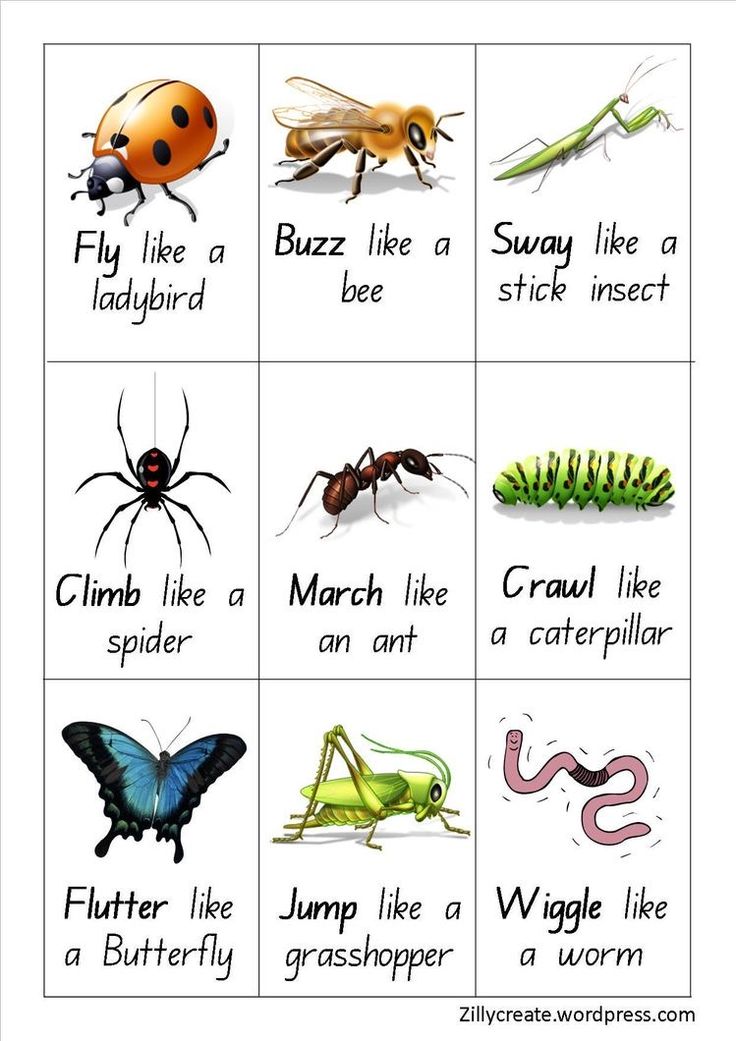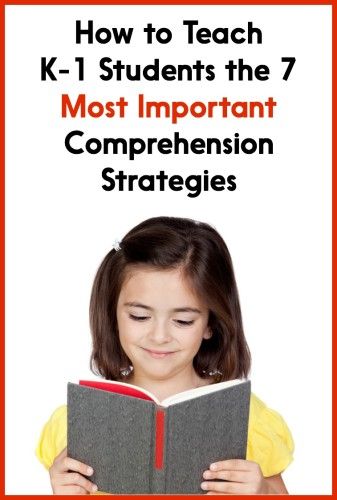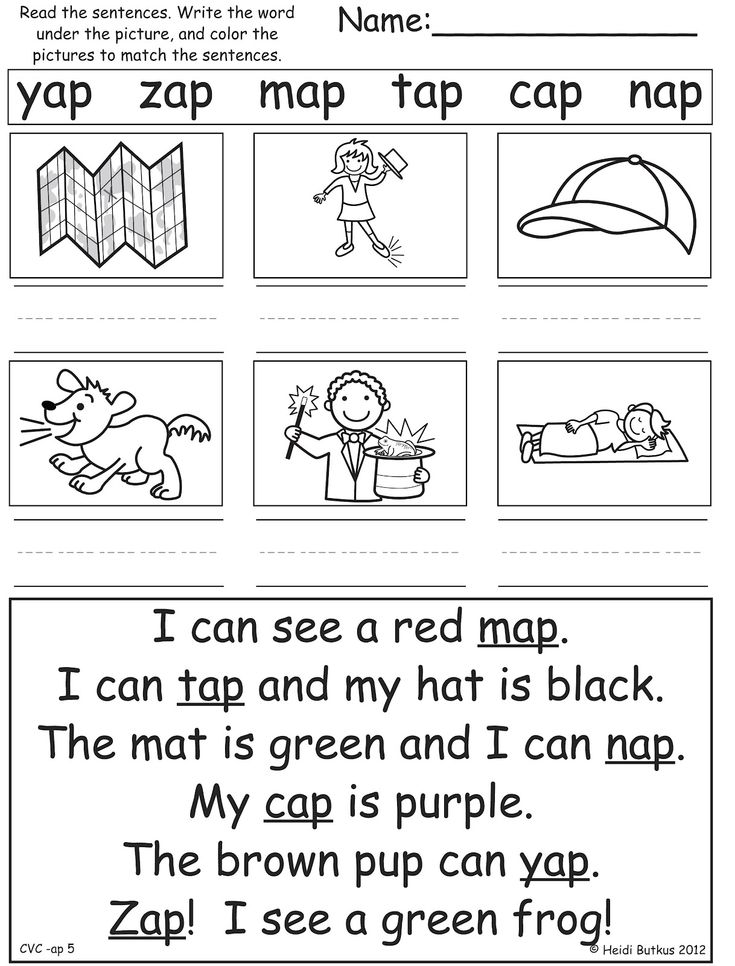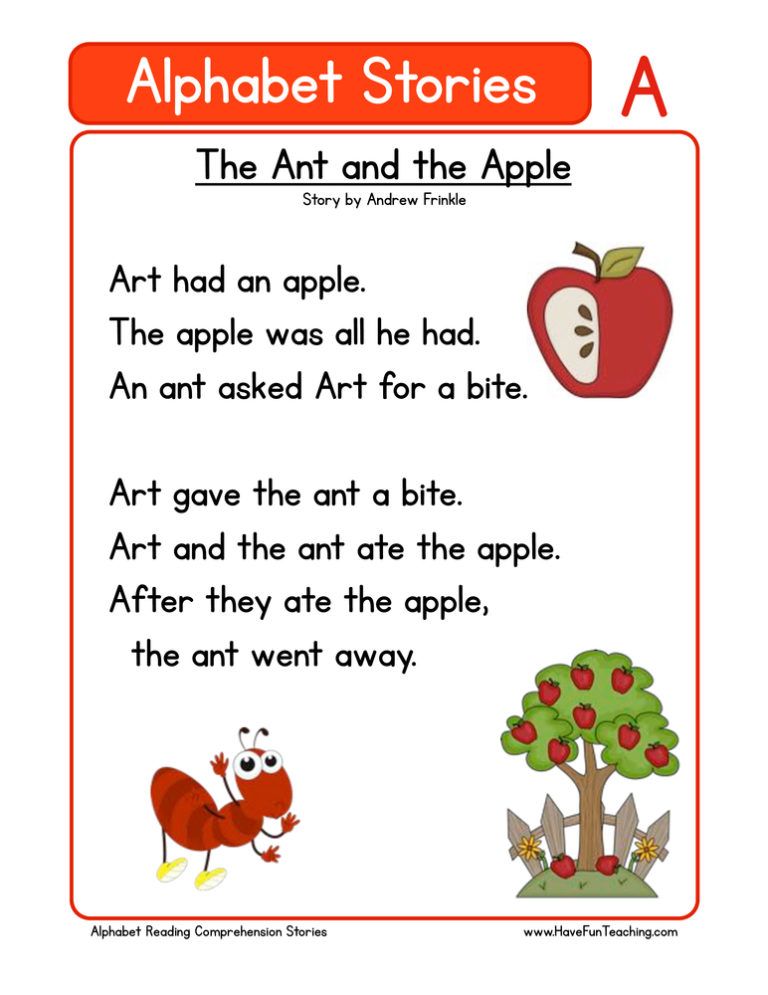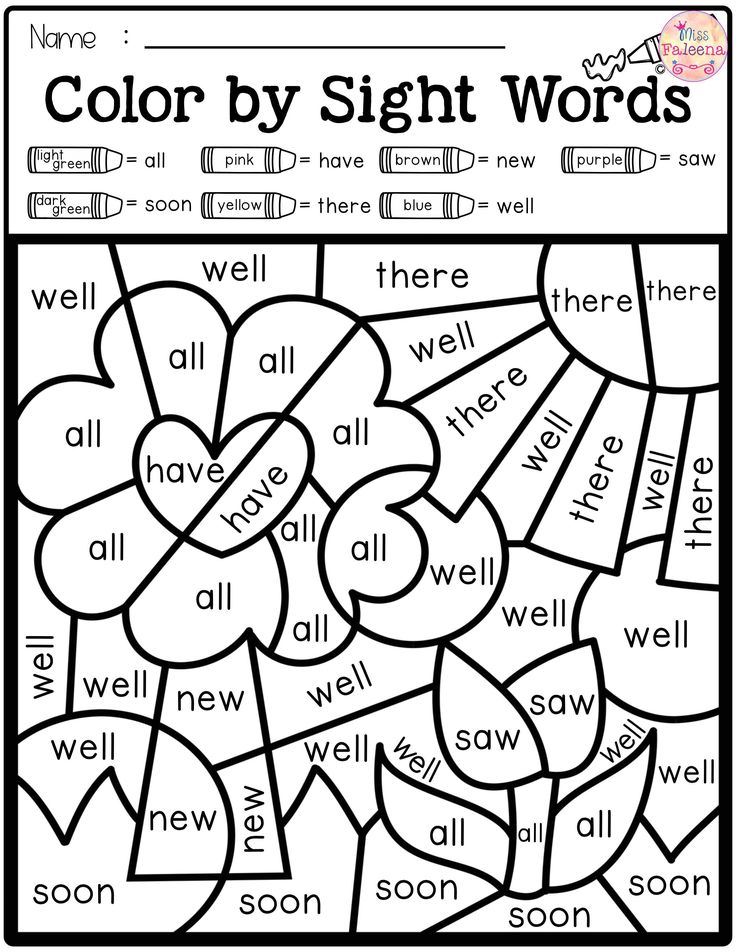Find the reading level of books
How To Determine Reading Level Of A Book
Learning how to determine reading level of a book helps you find appropriate books for your child and challenge their abilities.
When choosing children’s books, the reading level of the book can be pretty important. You want to challenge children to read a bit higher than they think they can while not discouraging them with books that are too difficult.
Whether you have beginning readers or advanced readers in your life, learning how to determine the reading level of a book is a valuable tool. Thankfully, parents and educators have a number of tools available to help them.
This guide will discuss what reading levels are, how to find them and how you can ensure that the books you offer are suitable for the children in your life.
Contents
- Tips on How To Determine Reading Level Of A Book
- What is Reading Level?
- Why Reading Level is Important
- Reading Level and Interest Level
- Common Measures for Reading Levels
- Tools to Find the Reading Level of a Book
- A Final Word on How to Determine Reading Level of a Book
- FAQs About how to Determine Reading Level of a Book
- Author
Tips on How To Determine Reading Level Of A Book
So how can you determine the reading level of a book? Before delving into the tools available to help you find a book that your child can read, first, you must understand what reading level is.
What is Reading Level?
The reading level of a book determines how well a child can read it independently. Unfortunately, reading level is often confused with grade level, so a book with a fourth-grade reading level is designed with vocabulary and syntax that the average fourth grader can understand.
However, it is not always as simple as picking a book that is leveled at your child’s grade level. Your child’s teacher can tell you that students fit into a wide range of levels, even within the same classroom.
As your child’s reading skills develop, you’re going to need to find reading materials that match. Knowing how to read reading levels will help.
Why Reading Level is Important
Children who are learning to read need to have a text they can read successfully. If text is too easy, the child gets bored. If the text is too hard, the child gets frustrated.
This balance is where the reading level helps. Finding a book that matches your child’s abilities and interests will encourage successful reading, and reading level is key to that.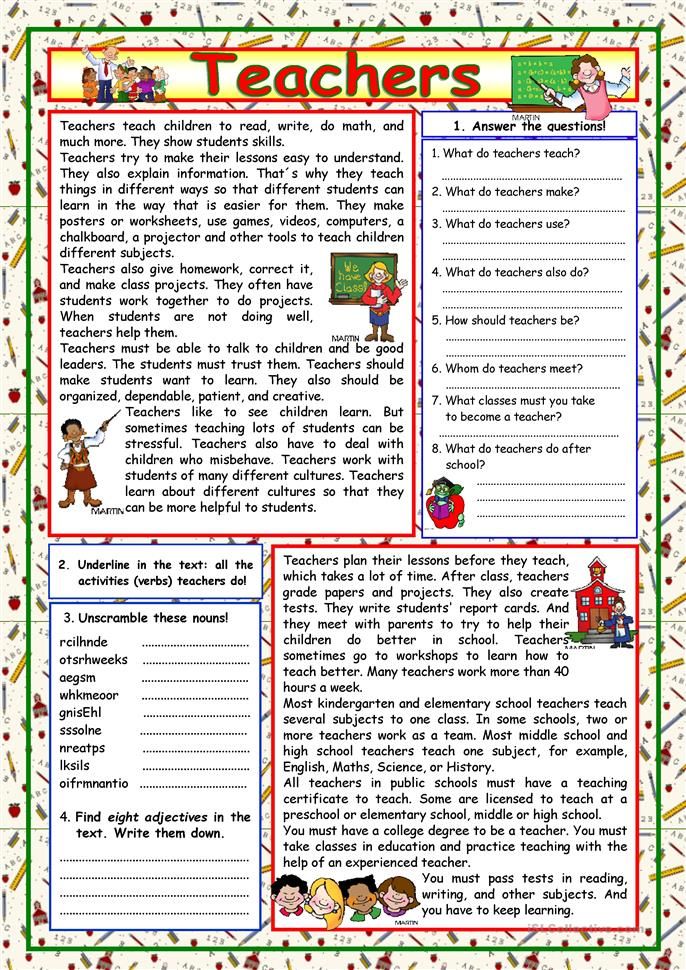
Reading Level and Interest Level
Adding interest level to your decision-making will help guide you to the books they will be most interested in readingAnother benchmark you can check into is interest level. This metric shows how interesting a particular book is likely to be to your child based on their age or grade level.
If a child is particularly behind or advanced in reading level, finding books they want to read but match their reading level becomes more challenging. Adding interest level to your decision-making will help guide you to the books they will be most interested in reading.
Common Measures for Reading Levels
Many tools measure reading levels. As you learn how to determine the reading level of a book, you will find that these tools make the job a lot easier, so you can find a book that fits the child’s reading level. Here are some popular reading systems to consider.
1. Fountas-Pinnell Guided Reading Level
Fountas and Pinnell created the Guided Reading Level.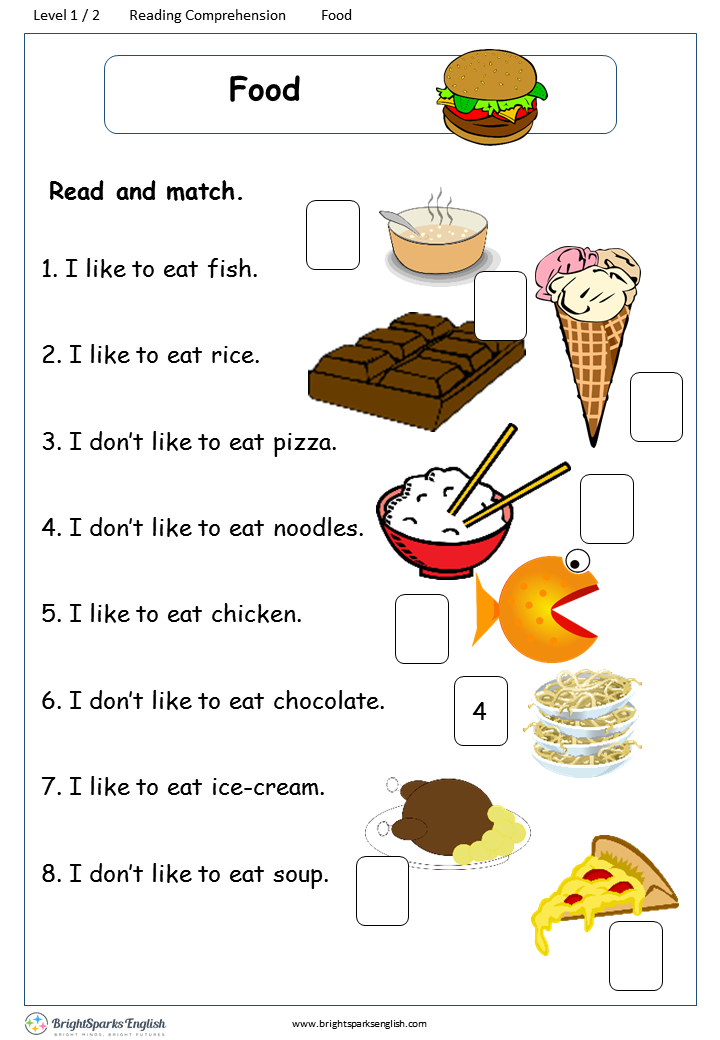 This leveled reading system assigns a level to individual books. Factors that impact that level include repetition of words, the complexity of sentences, and sentence length.
This leveled reading system assigns a level to individual books. Factors that impact that level include repetition of words, the complexity of sentences, and sentence length.
This program uses specialized reading lists with books that already have a grade level measure.
2. Grade Level Equivalent
The Grade Level Equivalent leveled reading system assigns an actual grade level to the book based on what students typically can read at a particular stage of their education. This metric is labeled with a decimal point, where the first number is the grade level, and the number after the decimal point indicates the number of months into the school year the student would be. So, a score of 2.1 means second grade one month into the school year.
For parents that are new to reading levels, this can be a helpful metric as it shows a level they can easily relate to their student’s age and grade. However, parents need to realize that students develop their reading abilities at different speeds, so any particular child may read at, above, or below the published reading level.
3. Developmental Reading Assessment
The Developmental Reading Assessment, or DRA, assesses a child’s reading ability through a reading test. It then gives the student a score based on that test. Factors it checks include:
- Phonemic awareness
- Alphabetic principles/phonics
- Fluency
- Vocabulary
- Comprehension
- Reading engagement
Books are given corresponding scores based on text complexity and vocabulary. Thus, teachers and parents can easily connect students to books that fit their abilities after taking the test by lining up the test scores with the scores of the book.
4. Lexile Framework for Reading
The Lexile Framework is a National Institute of Child Health and Human Development metric. It uses Scholastic Inventory Test scores to evaluate text and determine what reading level it is.
To use the Lexile Framework, students must take a standard test or the Scholastic Reading Inventory (SRI). This then matches them with a reading level that matches their ability.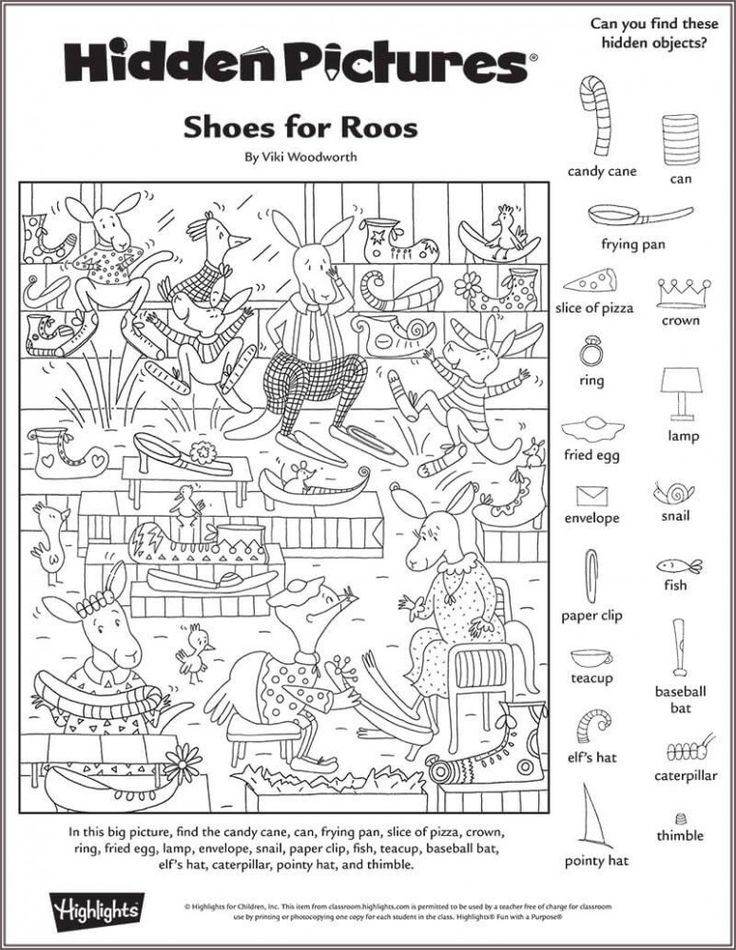
You can look up the Lexile level of a book online on the Lexile website.
5. Accelerated Reader Book Levels
Accelerated Reader is a complex readability formula that rates text complexity. It uses grade level ratings to indicate what year and month a student could read a book independently.
Accelerated Reader is different from straight grade level equivalents because it uses interest level as well. This indicates if the content of a book is age-appropriate for the particular grade level.
Tools to Find the Reading Level of a Book
Understanding the different reading tests and reading level measures is important, but it does not help you learn how to determine the reading level of a book when your child wants to read something. Thankfully, you have several tools at your disposal to help.
1. Scholastic’s Book Wizard
Scholastic offers a book wizard tool that has over 65,000 children’s books in the database. You can search using the title and author to find an individual book’s reading level.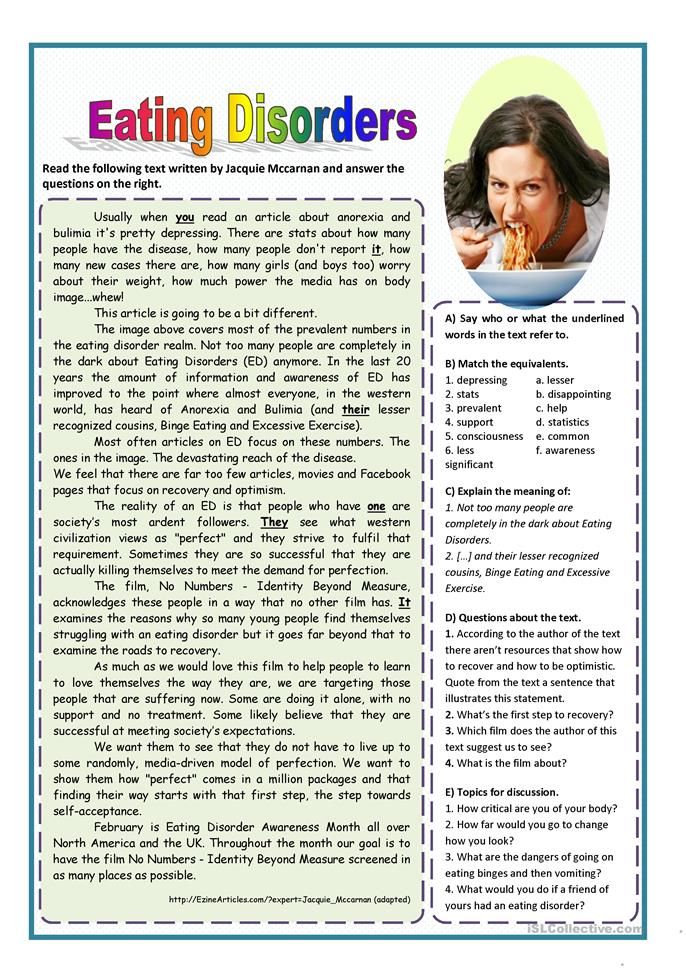 If you are looking for recommendations for your child, you can search by reading level, subject, grade level, or genre and get a list of suggestions.
If you are looking for recommendations for your child, you can search by reading level, subject, grade level, or genre and get a list of suggestions.
2. Renaissance ATOS Analyzer
If you can’t find your book or text in another tool, you can copy a portion of the text into the ATOS Analyzer to see how it rates. This tool uses a readability formula to tell you how easy something is to read. It also merges with the Lexile measure, so you can search for individual books if they are in the database.
3. Lexile Look Up
Lexile’s online tool lets you search for a book by its ISBN. Just enter the number on the Quick Book Search to see if it is in the database. The website also allows you to look at a list of books based on your child’s reading level.
4. Accelerated Reader Search Tool
The AR search tool lets you search for a particular book’s readability, Lexile level, and interest level. It reports a grade level based on whether or not a child will be challenged in the reading but not frustrated.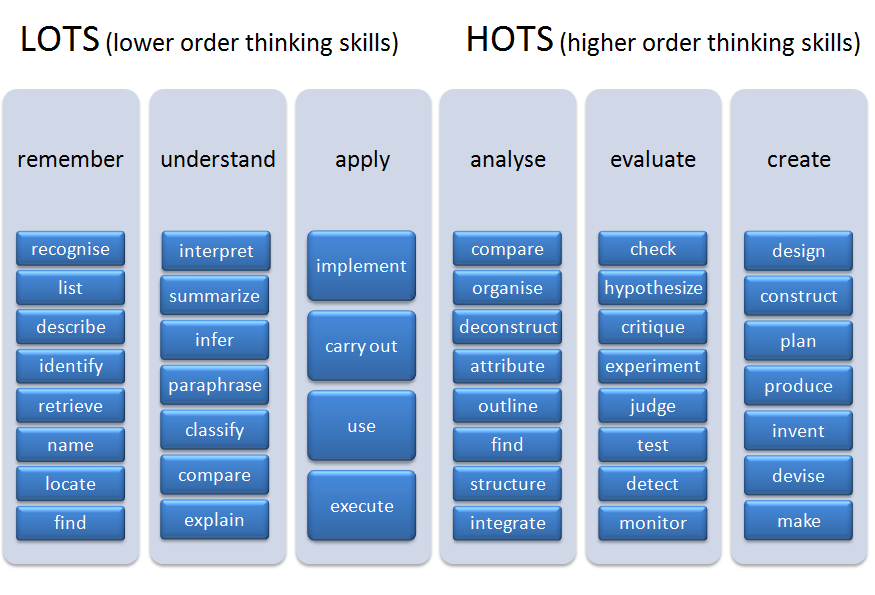
5. Correlation Chart
The Correlation Chart is part of the State of Washington public library system. It lets you find the reading level of a book, then use the tool to compare that to the reading level in another measurement. If you are looking for a specific measure but know another one, this tool can help you compare.
A Final Word on How to Determine Reading Level of a Book
Reading levels help you choose books for your child that fit their interests and abilities. You can avoid frustration and boredom by selecting appropriate books. Using reading levels also encourages more independent reading, especially with young readers.
Parents can sometimes struggle with finding reading levels for different books, but using a book’s ISBN, you can search in several tools that have book lists based on reading level. Using these tools and asking your child’s teacher what their current reading level is will allow you to choose the right reading material for your child.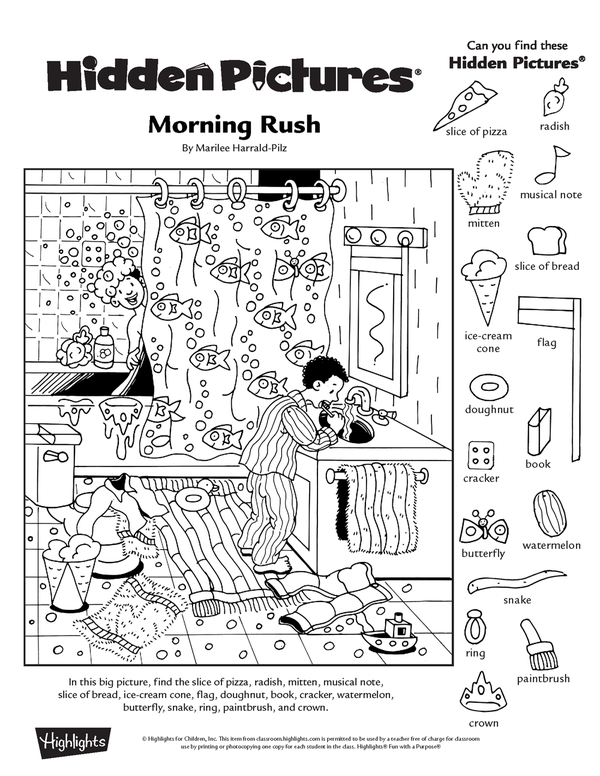
FAQs About how to Determine Reading Level of a Book
How to find the reading level of a book?
Using different tools, such as the Scholastic Book Wizard or the Accelerated Reader Search Tool, you can learn the reading level of many children’s books to help you choose appropriate reading options for your child.
How to determine my child’s Lexile reading level?
If your child is at school, they will be tested each year under their standardized testing program. This testing will give your child a Lexile reader measure. Simply ask your child’s teacher or check their standardized test score report to learn your child’s measure.
Join over 15,000 writers today
Get a FREE book of writing prompts and learn how to make more money from your writing.
Powered by ConvertKitAuthor
How to Determine Reading Level of a Book
Leveling the field
If you have a child in school, then you’ve probably heard the term “reading level.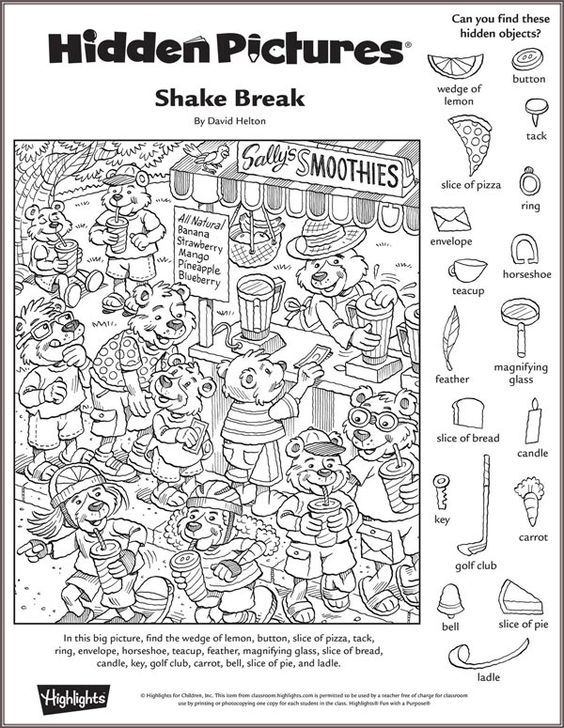 ” Your child’s teacher may have mentioned it when discussing the importance of reading practice. It may have come up during a parent-teacher conference. But, what does “reading level” actually mean? Why does it matter? And, how can you easily determine reading level of a book that is a good match for his level of reading skill?
” Your child’s teacher may have mentioned it when discussing the importance of reading practice. It may have come up during a parent-teacher conference. But, what does “reading level” actually mean? Why does it matter? And, how can you easily determine reading level of a book that is a good match for his level of reading skill?
What is reading level?
Reading level is simply a way to identify how complex a book a child can read independently. You might be tempted to reason that if your child is in the second grade, then books that are labeled for second graders will be the perfect fit for him. That’s not necessarily true. In most classrooms today, students read at a wide range of different levels. Most schools administer reading assessments periodically to determine the reading comprehension level of each child.
Why does reading level matter?
Reading level matters for a few very simple reasons. If your child is reading a book that is too far above his current ability, then he will likely become frustrated and discouraged.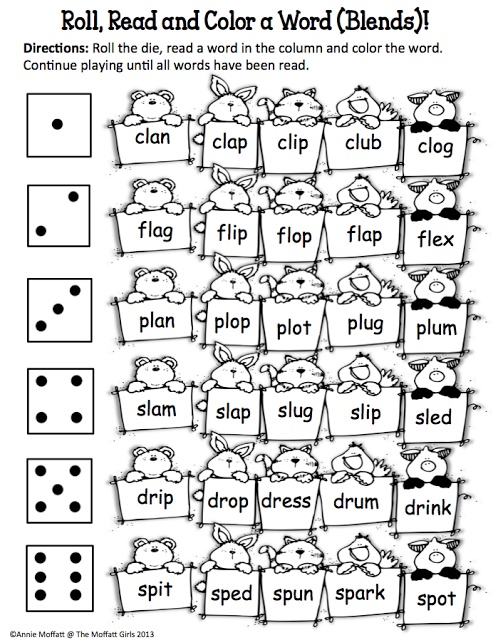 On the other hand, if a book is too far below his reading level, it won’t challenge him enough. He won’t encounter new words or more complex sentences, and his reading skills simply won’t grow. A book that is too far below your child’s reading level might also simply be boring. The ideas and words won’t be complex enough to catch his interest or fire his imagination.
On the other hand, if a book is too far below his reading level, it won’t challenge him enough. He won’t encounter new words or more complex sentences, and his reading skills simply won’t grow. A book that is too far below your child’s reading level might also simply be boring. The ideas and words won’t be complex enough to catch his interest or fire his imagination.
How is reading level measured?
A search of the Internet quickly reveals a dizzying array of reading-level systems with obscuring names like ATOS, Basal Equivalent and Fry Readability Graph. It’s enough to make your head spi!. Let’s take a look at some of the most commonly used readability systems.
- Fountas-Pinnell Guided Reading Level – Sometimes referred to as Fountas and Pinnell, or even simply as Guided Reading Level, this reading-level system supports the guided reading program designed by Irene Fountas and Gay Su Pinnell. The level of individual books are classified by assessing a number of factors, including word repetitions, sentence length and complexity, and even the number of illustrations.
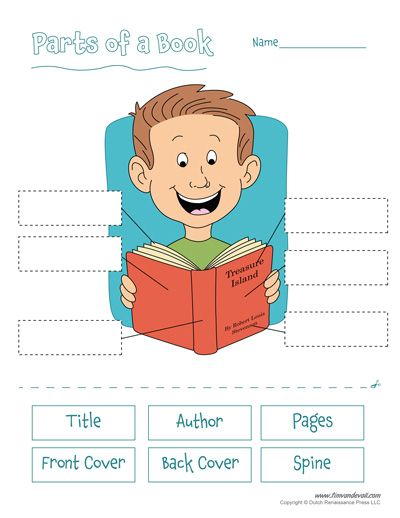
- DRA – DRA refers to a standardized reading test called the Developmental Reading Assessment. This reading system assigns books different reading levels that correspond with the different scores that children can earn on the test. After taking the test, a child is assigned a letter/number score from A1 through 80. His teacher – or parents – can then find books with the same DRA score.
- Lexile Framework for Reading – Called the Lexile measure or the Lexile level, this scoring system was developed by an educational research team funded by the National Institute of Child Health and Human Development. Using test scores from a standardized reading test or from the Scholastic Reading Inventory test (SRI), this system converts those test scores into equivalent reading levels making it possible to match students with the reading material best suited for their growing abilities.
- Grade Level Equivalent – Perhaps the easiest of the reading leveling systems to understand, Grade Level Equivalent measures a student’s reading level by comparing it to the expected reading level for each school year.
 Fourth graders in their first month of the school year whose reading skills are at that grade level would be given a reading level score of 4.1. This stands for fourth grade, first month of school. A struggling reader in the fourth grade would have a lower score, 3.6, for example. This would mean that this child was reading at a level usually expected of a third grader in the sixth month of the school year.
Fourth graders in their first month of the school year whose reading skills are at that grade level would be given a reading level score of 4.1. This stands for fourth grade, first month of school. A struggling reader in the fourth grade would have a lower score, 3.6, for example. This would mean that this child was reading at a level usually expected of a third grader in the sixth month of the school year.
How can I determine my child’s reading level?
Measuring a child’s reading level is complex. Different systems measure different factors, including text complexity, word speed and even comprehension. Your child’s school will assess his reading level, most likely using a variety of methods and maybe even some good, old-fashioned teacher intuition. If you want to know your child’s reading level, your best bet is to simply ask his teacher.
How can I determine the reading level of a book?
Trying to find books that match your child’s reading level? Once again, the first step is to talk to his teacher.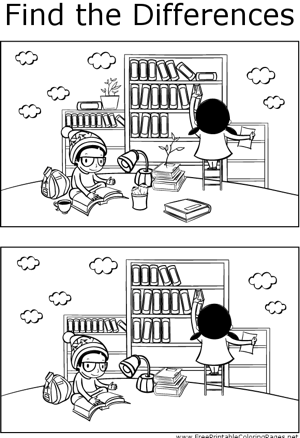 She will be able to offer many suggestions and may even have a reading list available. Another good resource is the school librarian. Books in the school library will already be sorted by reading level. The librarian should be able to point you to the right section.
She will be able to offer many suggestions and may even have a reading list available. Another good resource is the school librarian. Books in the school library will already be sorted by reading level. The librarian should be able to point you to the right section.
Need more resources? Consider these:
- Renaissance ATOS analyzer – This text wizard allows you to input text – or even upload a file – to see how it rates on the Advantage TASA Open Standard readability formula. You can input a sentence, an excerpt or an entire book. Renaissance also has a book finder where you can check to see if the level of the book you’re curious about is already on file. The book finder lets you search for both the ATOS score and the Lexile measure using a book’s title or author.
- Scholastic’s Book Wizard – Scholastic.com offers a Book Wizard that allows you to search through over 65,000 children’s books. Using a book’s title or author you can search using one of four different reading level systems.
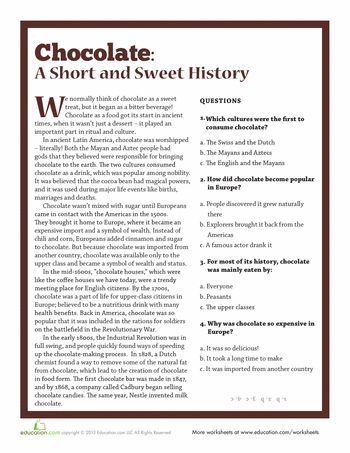 You can also filter results by genre, subject and grade level.
You can also filter results by genre, subject and grade level. - Lexile look up – The Lexile Framework for Reading website lets you look up books that match your child’s reading level. You can also look up the reading level of an individual book on the same page, using the book’s ISBN number or its title. Hint: the “Quick Book Search” tab is at the top right of the page.
- Correlation chart – If you already know the reading level of a book under one of the leveling systems, but need to know what the same book would rate under another system, then use this correlation chart offered by the State of Washington’s public library system. Simply move down the column under the system that you already know until you find the right rating, then move across the page – left or right – to the correlating number in the column of the system you’re hoping to target.
Learning your child’s reading level and then finding books that match is a great idea! You’ll be able to keep him engaged and learning without overwhelming him with text that is too complex or with words that are simply beyond his ability.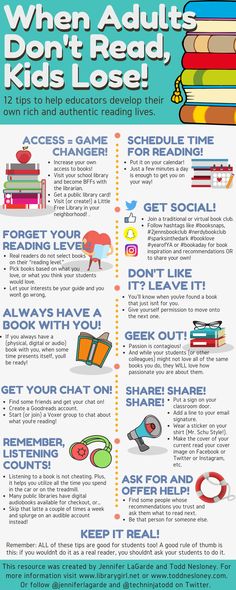
Other Reading Resources
- A Wrinkle in Time Reading Level
- Free Grammar Printables from K12reader.com
- Printable Passages from ReadingVine.com
Read speed test. Online simulator for developing reading speed and awareness skills in 2021!
Reading speed is an important indicator not only for schoolchildren, who regularly check it. It is very important for an adult in the modern world to be able to navigate in huge flows of information. A reading speed test will help you determine your current level and see if you need to work on improving this skill or if you are reading fluently enough.
Content
1. How to check reading speed?
2. How can I check my reading speed myself?
3. How to test a child's reading speed?
4. What reading speed is considered normal for adults and children?
5. How to choose the right text to test reading speed?
6.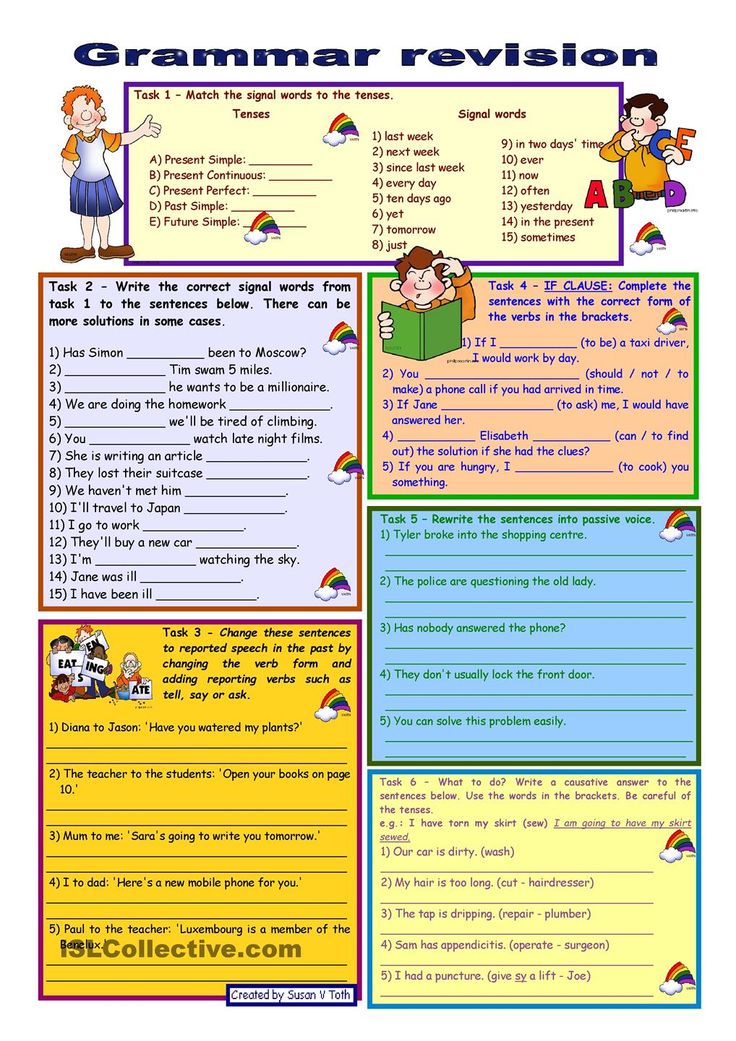 The book "Everything you wanted to know about speed reading, but were afraid to ask"
The book "Everything you wanted to know about speed reading, but were afraid to ask"
How to check reading speed?
The easiest way is to take a stopwatch (you can use the application on your phone), a text to check your reading speed and read it at a normal pace for one minute. It is important that the text is non-technical, does not contain highly specialized terms and concepts, and is not familiar to the reader. The text should not be too primitive. The testee must see the text for the first time so that the results are not artificially inflated.
But what do you care about speed, if you don't understand with what awareness you absorb the text? :)
A much better way to find out your reading speed is to take a free online test. To do this, sit back, enter your name in the form above, press the button and you will immediately see the text that you need to read, slowly, trying to understand everything that is written.
When the entire text is read - click on the button at the very bottom.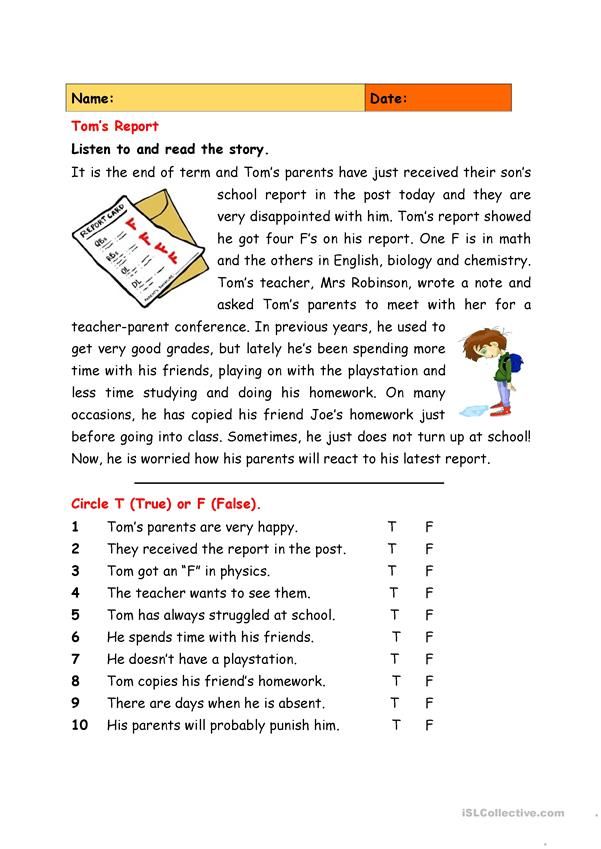 The program will automatically determine the reading speed and prompt you to answer a few questions to understand the degree of assimilation of the material. As a result of testing, you will receive not only the result of your reading speed and awareness, but also recommendations for improving your reading technique in the format of the book "Everything you wanted to know about speed reading, but were afraid to ask." Enter a name. Click the button and find out your real reading speed. Have a good day.
The program will automatically determine the reading speed and prompt you to answer a few questions to understand the degree of assimilation of the material. As a result of testing, you will receive not only the result of your reading speed and awareness, but also recommendations for improving your reading technique in the format of the book "Everything you wanted to know about speed reading, but were afraid to ask." Enter a name. Click the button and find out your real reading speed. Have a good day.
How can I test my reading speed myself?
We have prepared for you a tool with which you can independently check the speed of reading. Our tool include a certain amount of text that you need to read as quickly as possible. You will then have the opportunity to answer a series of questions about the text, allowing the program to determine your level of understanding. Based on the data received, a result and a certificate are issued. This certificate can be shared with your friends on social networks and challenge them to a battle to test the speed and awareness of reading :).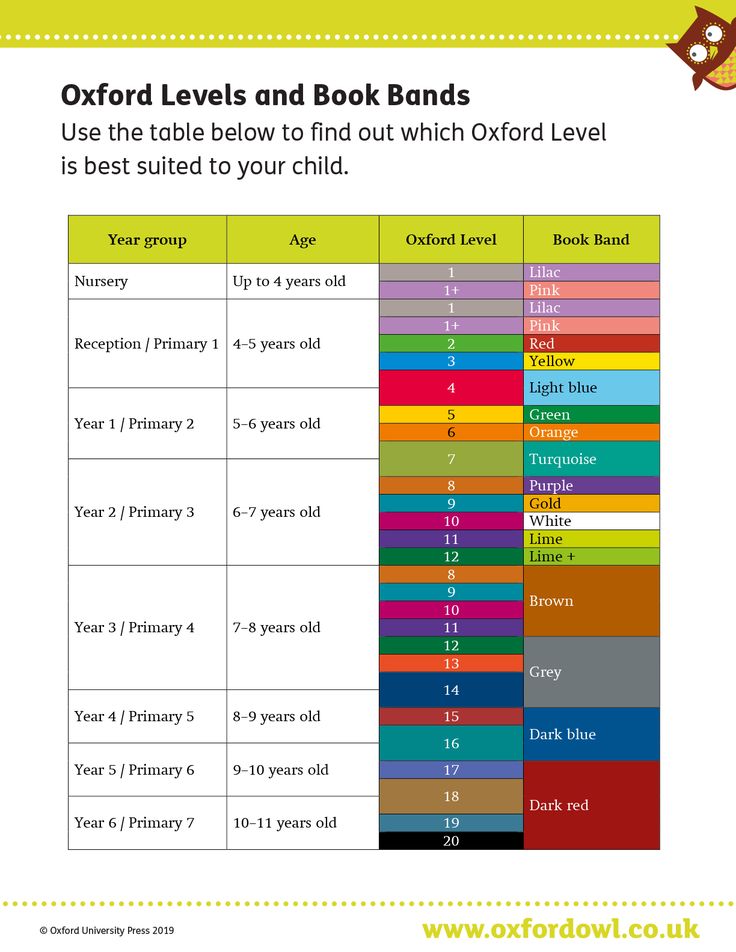
If you want to do it yourself, you can do it according to the following scenario. A text of medium complexity is taken, located on one sheet. You will need an assistant who will keep track of the time and will be able to test the level of your understanding of the information. Check algorithm:
Simultaneously with the start command and the start of the stopwatch, you begin to silently read the text.
When the text is finished, you say stop - time stops.
Then you need to answer a few questions regarding the content (reading speed implies a full reading comprehension).
The last step is to count the words in the text and determine the average number of words per minute (words in the text can be counted before reading).
This is the certificate you can get based on the results of passing the test
How to check the reading speed of a child?
A child's reading speed can be tested in a similar way.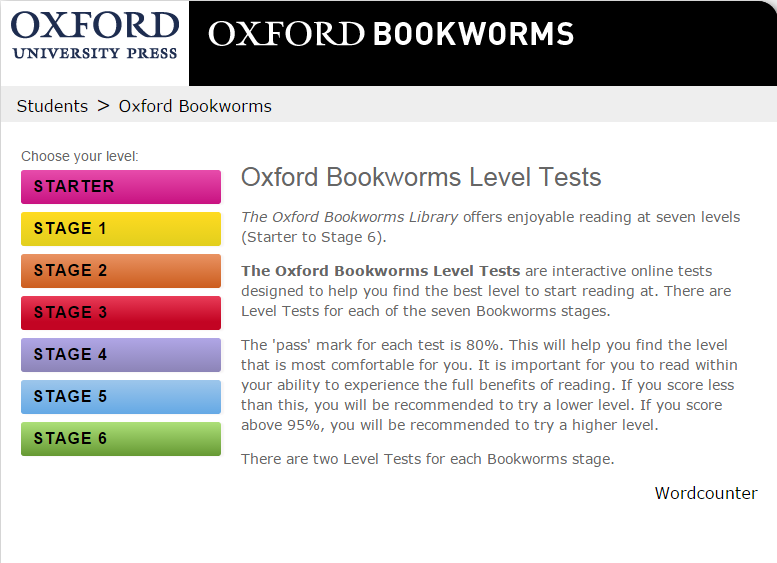 The child should read aloud, at least in elementary school. Then you can switch to the usual way of checking for adults.
The child should read aloud, at least in elementary school. Then you can switch to the usual way of checking for adults.
Schools often test reading skills by counting the number of words read per minute. This gives a small error, since words come in different sizes, but a similar verification method can also be used.
What reading speed is considered normal for adults and children?
The average reading speed for an adult is 200-230 words per minute. Below average, but an acceptable rate is 150-200 words per minute. Adults who read more than 230 words per minute are considered fast readers. For the speed reading technique, the optimal speed is 350-400 words per minute.
In children, the indicators are dynamic and change depending on age. Approximate norms used in elementary school:
20-30 words per minute for first grade;
45-60 words per minute for second grade;
70-85 words per minute for third grade;
90-125 words per minute for fourth grade.
How to choose the right text to test reading speed?
The criteria for selecting text to test reading speed are identical for adults and children. The only difference is the volume and complexity of the information. The text must match the following parameters:
medium difficulty appropriate for age;
the absence of specific unfamiliar words or their minimum number;
no dialogs;
location on one page;
large, comfortable to read font;
lack of pictures and other distracting elements.
In our tool for testing reading speed and comprehension, we tried to take into account all these factors so that the resulting tool would be convenient for both adults and children. At the same time, he gave a fairly clear answer to the question about the real reading speed.
It should be remembered that reading speed is a variable parameter, which decreases if a person rarely sits down at a book, and increases with constant reading.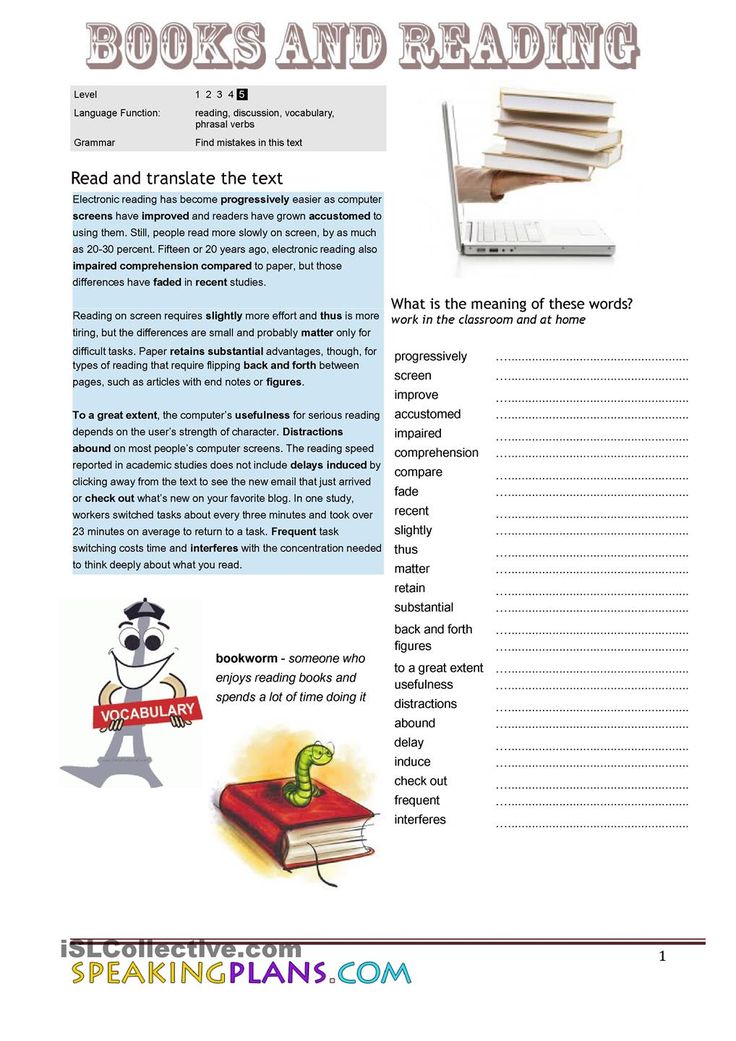 There are many special techniques aimed at significantly increasing the speed of reading text information.
There are many special techniques aimed at significantly increasing the speed of reading text information.
Everything you wanted to know about speed reading but were afraid to ask test. So don't waste a second,
go back to the very top of the page and go take the test!Reading speed test online is simple, convenient and fast
We have already written so much here about how to correctly measure your reading speed, achieve awareness and interpret the results, that every second of delay before you pass the online reading speed test and receive a personal certificate is just like death. Return to the very beginning of the page, enter your name in the field under the video and go to the enchanting world of unfamiliar texts and tricky questions :).
📖 Reading speed Q&A section
📕 What formula is used to calculate reading speed?
If it’s very short, then the formula for calculating the reading speed is as follows: V = (Q / T) x K.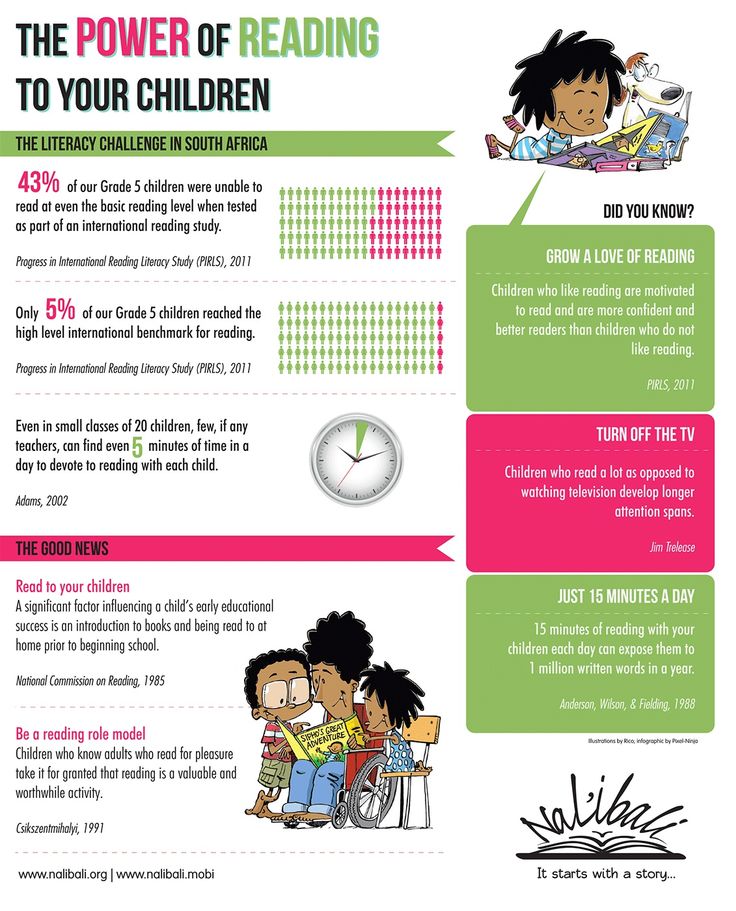 This formula allows you to get a real figure for reading speed with a correlation to the coefficient of meaningfulness. You can read more about the formula here in this article .
This formula allows you to get a real figure for reading speed with a correlation to the coefficient of meaningfulness. You can read more about the formula here in this article .
📗 What books do you recommend reading to develop speed reading?
We have compiled a list of the most useful books for the development of speed reading and posted it in a separate post on the blog. The list is constantly updated and gives an idea of the main books with which you can develop speed reading skills.
📘 What if I want to increase my reading speed?
You can start by learning the theory, or you can download our workbooks , which we have created especially for those who who wants to start learning speed reading. There are two of them: one notebook for adults, the second for children. Contains some theory and practical exercises designed for several weeks of regular classes.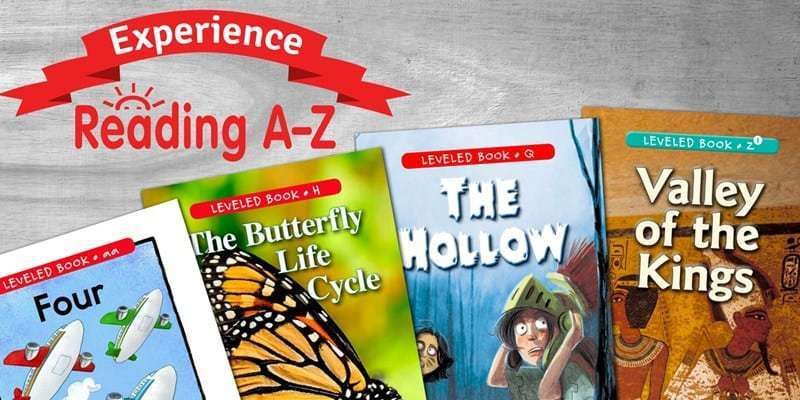
📙 How to check a child's reading speed?
The reading speed test, which is located on our website, is suitable for both adults, as well as for children. We specifically tried to choose mostly literary texts that will be easy to read. to understand the child. Just go to the reading speed test page from the link above, enter child's name and start reading. Then the program will do everything for you.
📔 I want to check my reading speed online for free. How to do it?
Easier nowhere. The tool, which is located at https://bukva.info/rapid/ , was created just for this. You just enter your name, read the text and answer the questions. The program monitors the speed of your reading and its meaningfulness. After answering the questions, you will receive a certificate with your result. The certificate can be shared with friends in social networks :).
📓 What is the "Read Fast" project?
Read Fast is a project dedicated to the problem of fast and conscious reading. We believe that you can read 3-4 times faster. However, the quality of memory reading material will only increase. Let's try together :).
Best reading time calculators 2022: service overview
What are the best reading time calculators and how to use them? We at the Contentim studio regularly write texts for presentations at presentations, conferences, seminars and other public events. We prepare materials for blogs and estimate how much time readers will spend reading.
Alexandra Shestopalova
In copywriting since 2013, higher education in art history (theater critic) and postgraduate studies (GITIS). He is fluent in English, Russian, knows Czech and French well. In the Contenteam agency, she leads projects and edits texts on marketing, advertising, investments, financial technologies, IT. Editor-in-chief for materials in English, leading marketer.
Editor-in-chief for materials in English, leading marketer.
Have you ever needed to write a speech for “exactly 25 minutes” and not a second longer? How about time to read a blog post?
If yes, then you should be aware of a problem that an inexperienced speaker usually doesn't think about until the day before the presentation: time is limited. How to fit into it? A word-to-minute converter comes to the rescue. Converting words to minutes, while not 100 percent accurate, gives writers a yardstick against which they can measure the length of their speech.
The same is true for blogging. Many resources have a plate showing the approximate time required to read the text. Thus, you will not only know how many words are in a 5-minute speech, but also how long it will take to read a material containing, for example, 2000 words.
The benefits of the word calculator:
- You will know how many words your speech consists of.
- Reading time calculators are free, as long as you have an internet connection.
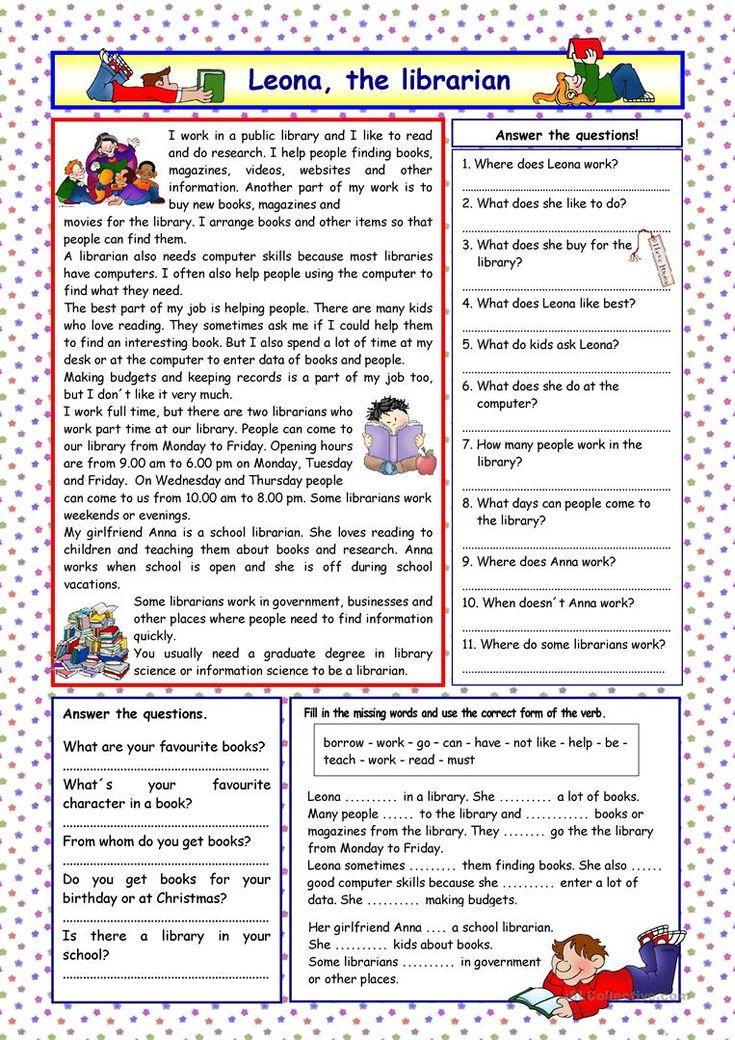
- The converter is very convenient and simple. The user interface is friendly and easy to use even for the first time.
- Speech to Minute Converter is quite fast and efficient: you get an answer within a few seconds after entering text.
- The ability to quickly change your 7-minute speech to a 3-minute one if the need arises.
- Ability to save time by not manually checking speech length.
We at the Contentim studio regularly write texts for presentations at presentations, conferences, seminars and other public events. We prepare materials for blogs and estimate how much time readers will spend getting acquainted with the article. In this article, we will tell you what reading calculators exist and how to use them.
Contents
How Words to Minutes Calculator Works
With this tool you can instantly convert words to minutes and find out how long it takes to read a text.
Nuance! The calculator shows only the approximate time of pronouncing or reading the text, it may vary depending on the individual speed of perception of the material.

The word calculator is easy to use:
- Enter the number of words in the text field.
- If you want to evaluate reading aloud, adjust the speech speed.
- The result will show how long it takes to give a presentation or read an article.
In addition, the words per minute calculator can determine how many words are needed to fill a certain amount of time. Some converters calculate the phrases and then trim the text to match the time frame.
What are the best free and without registration reading calculators now
| Service | Interesting additional features | Our rating is |
| SpeechMinutes | Speech rate control | 5 |
| Copywritely | Counting words in text, regulation of speech speed, detection of errors in text | 5 |
| WordsToTime | Text word count, reading speed regulation | 5 |
| 5Star Essays | Text word count, speech speed regulation, ability to listen to the text (online speaker available), you can set the number of words for timing and vice versa | 4 |
| EduBirdie | Counting words in the text, regulation of speech speed, the ability to listen to the text (there is an online speaker), you can set the number of words for calculating the time and vice versa, additional services for editing the text | 4 |
| SFMedia | Counting words in a text, regulation of speech speed, setting normal pauses between words and sentences | 4 |
SpeechMinutes
Free and simple speech calculator, no registration required to use.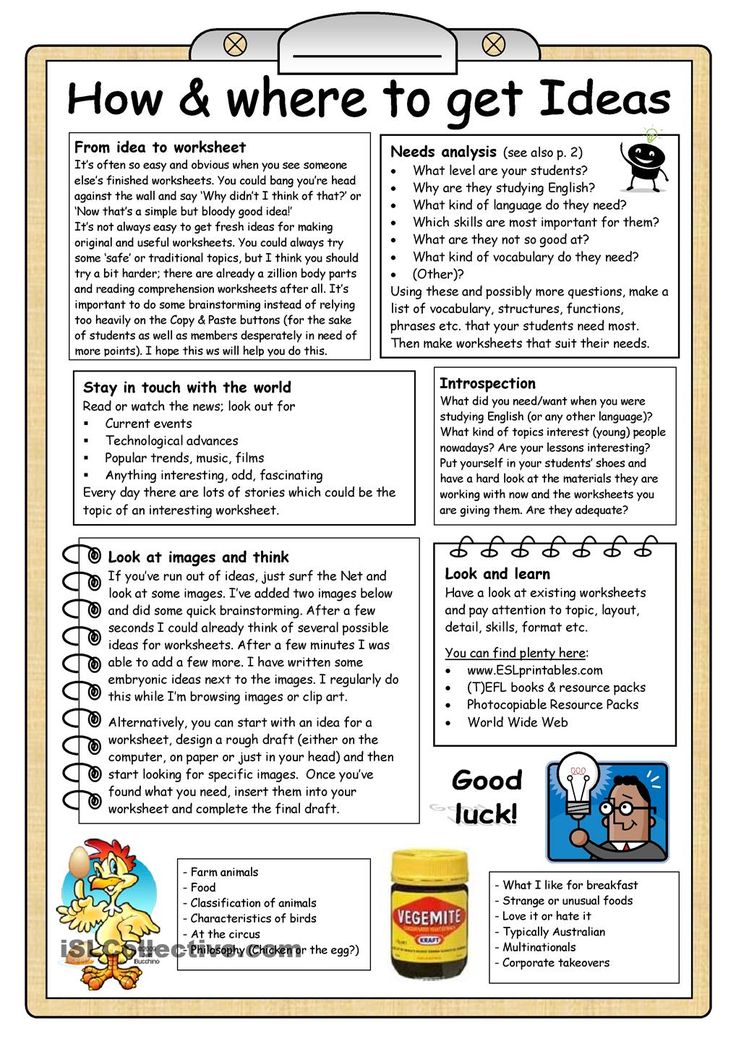 We enter the number of words in your text, the reading speed from slow (100 words per minute) to fast (160 words per minute) and get the result in minutes.
We enter the number of words in your text, the reading speed from slow (100 words per minute) to fast (160 words per minute) and get the result in minutes.
Overall service rating
Ease of use
Functionality
Copywritely
Paste in the text to find out the word count, and by selecting the speaking rate, you'll get an estimated speaking time. In addition, it offers a built-in dictionary (grammar check), counting the number of words in pages and other text editing applications. The site is available in English, Russian, French, German, Spanish, Portuguese and Dutch.
General service rating
Ease of use
Functionality
Wordtotime
Preparation Calculator in WORDS TO TIME, which is aim text and get the result. Site functions are available without registration.
Overall service rating
Ease of use
Functionality
5StarEssays
This calculator, in addition to counting words in the text, allows you to choose the right number of words for your speech speed.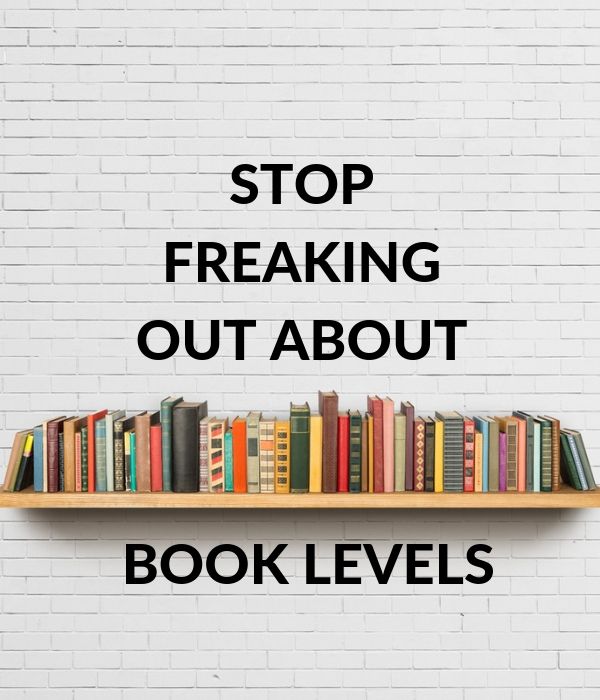 Let's say you need to speak with a time limit of 5 minutes. Using this calculator, it is quite easy to calculate the correct amount of speech.
Let's say you need to speak with a time limit of 5 minutes. Using this calculator, it is quite easy to calculate the correct amount of speech.
Overall Service Rating
Ease of Use
Functionality
EduBurdie
The calculator from EduBirdie will measure the number of words in a text, calculate the reading time at a given speed, and also calculate how many words can be read in a certain time. An interesting feature of this calculator is the ability to run your text through an online speaker to roughly imagine how your text will sound.
Overall Service Rating
Ease of Use
Functionality
SFMedia
This is a simple and convenient calculator for calculating the time of reading a text. To calculate the length of a speech or article, all you have to do is type or paste the text and click Calculate.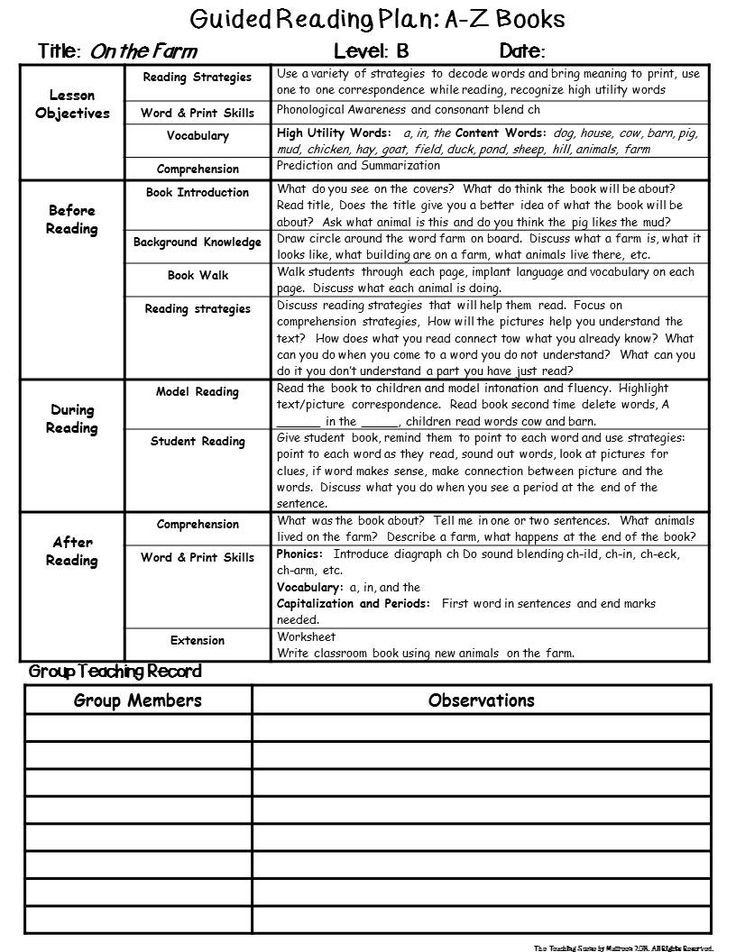 There is a function of setting normal pauses between words and sentences for a more accurate calculation of the time required to read the text.
There is a function of setting normal pauses between words and sentences for a more accurate calculation of the time required to read the text.
Overall service rating
Ease of use
Functionality
Manual counting
Want to know how fast you read compared to others? Fast reading with a high level of reading comprehension is a useful skill that will make work, study, and reading fun more efficient. Reading rates for fiction and non-fiction will be different: people read fiction faster because they are usually more interesting.
How do I do a manual count? First you need to determine the number of words in the selected passage that you are reading.
Most text editors can name the number of words in a text. But if the passage you are using is not digitally available, you can count the words, or you can estimate the number of words by counting the words in a line and multiplying them by the number of lines in the passage.

